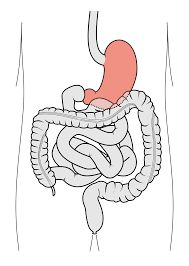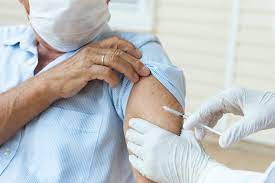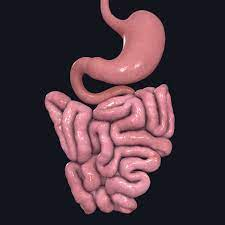Down Syndrome
- Kanav Dani

- Sep 30, 2022
- 2 min read
Chromosomes are small packages of genes in a person’s body that determine how a baby’s body
will form and function as it grows during both pregnancy and after birth. A baby is typically born with 23
pairs of chromosomes (or 46 chromosomes in total). Down Syndrome is a condition in which a baby is
born with an extra copy of chromosome 21. Also referred to as Trisomy 21, this extra copy changes the
developmental process of the baby’s body and brain, which can lead to mental and physical challenges
further along their lives. Despite their similar appearances and actions, people with Down Syndrome tend to have different abilities, but have IQs in the mildly-to-moderately low range. They are also slower in communicating than other children. Common physical features of a person with Down Syndrome include a flattened face (noticeably at the bridge of the nose), almond shaped eyes that slant up, a short neck, small ears, small hands and feet, shorter heights, small pinky fingers that curve towards the thumbs, poor muscle tones/loose joints, etc.

There are three types of Down Syndrome, which are typically hard to distinguish between due to
their similar physical appearances and actions. One type of this condition is Trisomy 21 as mentioned
earlier, and accounts for about 95% of people with Down Syndrome. In this type, every cell in the body
has three copies of chromosome 21. Another type of this condition is Translocation Down Syndrome,
accounting for about 3% of all Down Syndrome cases. In this type, an extra part or whole extra
chromosome 21 is present, but is attached to a different chromosome, as opposed to being a separate
chromosome 21. The third type of Down Syndrome is Mosaic Down Syndrome, accounting for about 2% of all Down Syndrome cases. In this type, only some cells have three copies of chromosome 21, while others have the typical two copies of chromosome 21. While people with Mosaic Down Syndrome have the same features as others with Down Syndrome, they may display less features of the condition due to less cells having extra copies of chromosome 21.
Being a lifelong condition, Down Syndrome has no cure, but a wide variety of treatments
available. Beginning the usage of services earlier on in the lives of people with Down Syndrome helps
babies improve their physical and intellectual abilities. Such services include speech, occupational, and
physical therapy, all of which are offered as early intervention opportunities in each state. While some are included in regular classes in school, some may need extra help or attention. Furthermore, a number of organizations exist that continuously research the existence of Down Syndrome. Down Syndrome is a condition that may affect the entire lives of those it affects, but is definitely a condition that can be worked around and with.




Comments